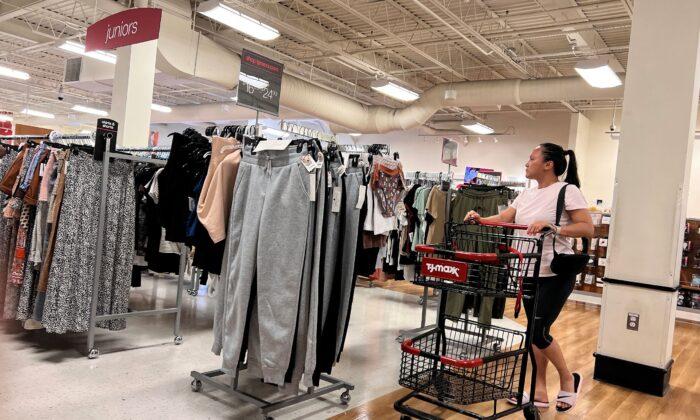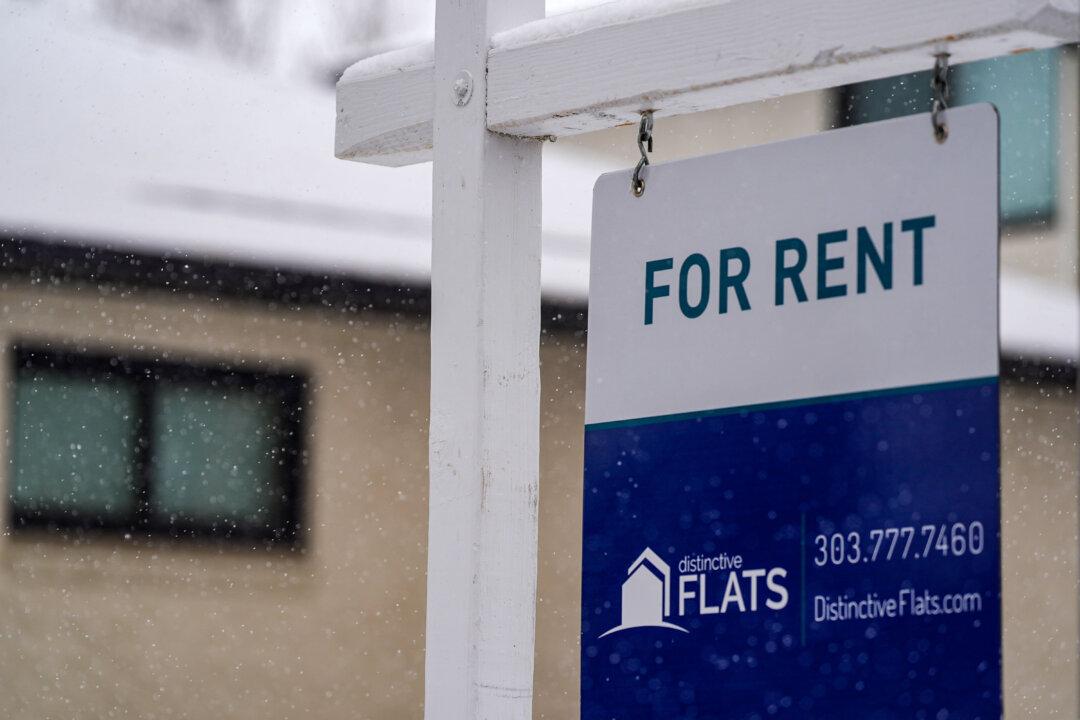Household spending expectations have fallen in the month of August amid elevated inflation rates, signaling potentially bad days ahead for the American economy.
“Median household spending growth expectations fell sharply to 6.0 percent from 7.8 percent in August, its steepest one-month decline since the series’ inception in June 2013, and its lowest reading since January of this year. The decline was broad-based across demographic groups,” according to an Oct. 11 press release from the Federal Reserve Bank of New York, highlighting the institution’s September 2022 Survey of Consumer Expectations. Though inflation expectations in the short term posted a decline, they increased for both medium and longer terms.
Since the beginning of 2022, the 12-month Consumer Price Index (CPI), a measure of annual inflation, has consistently remained at or above 7.5 percent every single month, data from the U.S. Bureau of Labor Statistics show. High inflation is eating into people’s spending power.
A report by LendingTree, the online lending platform, found that 61 percent of Americans who paid one of their bills late in the past six months could not afford it. As households struggle to make ends meet, they might naturally restrict how they spend money, which is not good news for the U.S. economy.
Consumer spending makes up the largest component of the U.S. gross domestic product (GDP). In 2021, personal consumption expenditures accounted for more than $15 trillion of the nearly $23 trillion in total GDP. As such, a decline in spending will affect economic growth and stability.
Holiday Shopping
Due to the impact of inflation, there are worries that the U.S. holiday shopping season will be adversely affected. A fifth of all retail sales in the United States usually occurs in the last two months of the year, according to the National Retail Federation. Holiday sales make up 30 percent of a retailer’s annual revenue.According to a report by Adobe Analytics, online sales between November and December are expected to rise only 2.5 percent this year compared with 8.6 percent growth last year. The company believes the rising cost of basic items like food and gas is influencing consumers’ purchase decisions.
A survey of more than 1,000 Americans by 4Over, a wholesale trade printer, found that 73 percent were paying closer attention to how much they will be spending on gifts this year compared to 2021.
In addition, 59 percent were stressed about buying gifts for the holidays due to inflation, while 47 percent found paying the full price for any product a deal-breaker this year.
Businesses are also getting pessimistic about the near future. A recent survey by the National Federation of Independent Business (NFIB), for example, showed that the proportion of small-business owners who expect business conditions to improve in the next six months has fallen.





